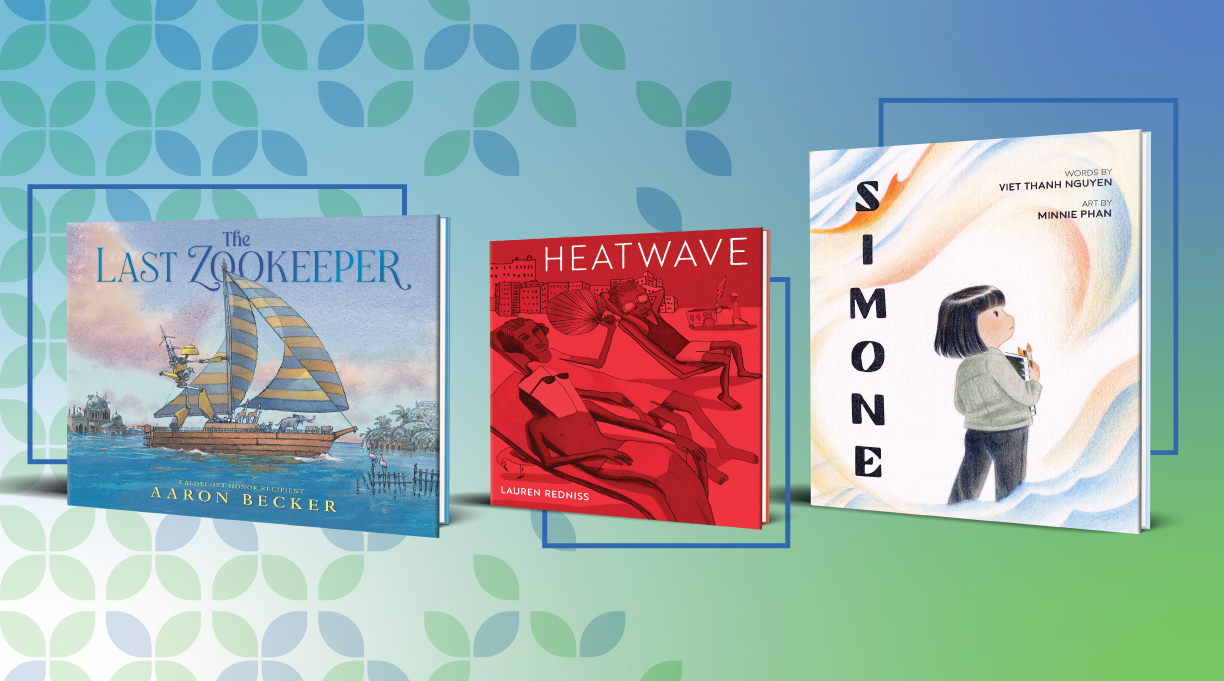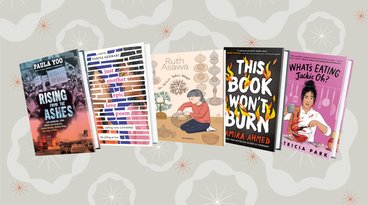On occasions like Earth Day, I can find myself consumed with worry about the state of our planet. Last June, smoke from wildfires in Canada affected air quality in cities across North America. Rising temperatures are rendering regions of the world uninhabitable. Melting glaciers are leading to increased flooding around the globe. All of this is affecting kids. A study last year by Earth Rangers, a Canadian organization focused on environmental education, surveyed 1,000 children between the ages of 6 and 11; 80% of them were experiencing anxiety related to climate change.
How do we reassure children while still being honest with them—especially when grown-ups are feeling equally uncertain? In times of trouble, I often turn to literature, and I’ve found inspiration in several picture books. These works of fiction don’t directly discuss climate change; instead, they speak to the sadness and fear that children and adults are experiencing. They don’t provide easy answers, but they will spur conversations and give readers an opportunity to grapple with complex emotions.
What if the worst came to pass and the human race as we know it faced destruction? This may not sound like the stuff of picture books, but Caldecott Honoree Aaron Becker pulls off the premise in The Last Zookeeper (Candlewick, March 26), a wordless masterpiece inspired by the biblical story of Noah’s Ark. He imagines a waterlogged world populated by a few zoo animals…and a giant robot named NOA, who builds a boat and attempts to ferry the creatures to safety. Images of buildings submerged in water and overgrown with plants make clear that humanity is long gone. But the story thrums with hope as NOA cares for the animals and persists despite setbacks. Readers will emerge convinced that no matter how bleak things become, we must never stop working toward a better world.
In 2020, a record number of wildfires raged on the West Coast, caused in large part by global warming. In Simone (Minerva, May 7), Pulitzer Prize winner Viet Thanh Nguyen offers a child’s-eye view of the fires as a mother and child flee their San Jose home. Simone’s mother tells her about the devastating flooding she witnessed in her homeland, Vietnam. Though frightened, Simone is heartened by her mother’s words, and as everyone takes shelter in the high school gym, the girl encourages other children to express their feelings through art. Minnie Phan’s gentle illustrations convey Simone’s turmoil and courage. This tender but empowering tale will especially resonate with little ones facing upheavals of their own.
Science writer Lauren Redniss’ Heatwave (Random House Studio, May 21) portrays an urban landscape whose inhabitants languish on a sweltering day until a sudden downpour provides much-needed relief. Employing spare text (“100 degrees, in the shade”) and a saturated palette of fiery reds and cool blues, Redniss captures characters’ frustration, fatigue, and uncertainty. Details in the art imply that these soaring temperatures are the result of global warming. Caregivers and educators will find many opportunities to spark discussions: What would experiencing such heat feel like? And can it be prevented?
Mahnaz Dar is a young readers’ editor.




































